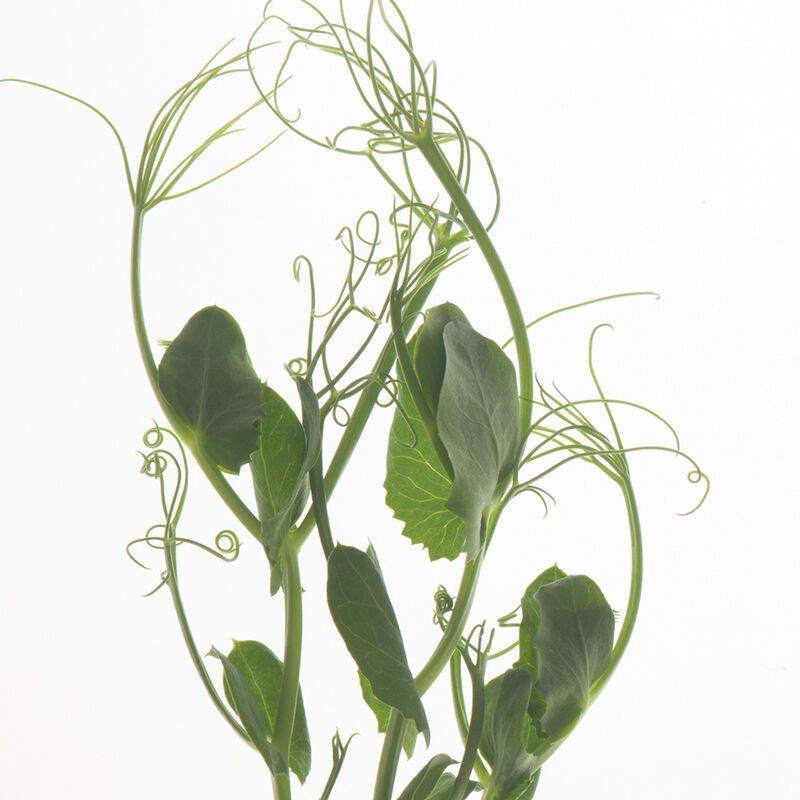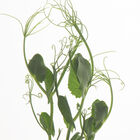Tendril Pea Shoot Seed
Product ID:3165S.303165S
Tendril Pea Shoot Seed
Product ID:3165S.303165S
Gray-green pea shoots with tendrils.
Harvest from 3–5". Gray-green color, good flavor, lots of tendrils.
Specs:
- Avg. 1,900 seeds/lb
- This product does not ship to the following countries: Japan, Republic of Korea, New Zealand, Taiwan.
CULTURE:
Grow in a greenhouse, indoors under lights, or outside when the weather is warm 65°F (18°C). Soak seeds for 8 hours (do not re-use water). Fill flats with 1–1½" soilless media. Sow seeds thickly and cover with an inverted tray. Lightly press seeds into soil media. Leave the inverted tray on the flat for 2–3 days or until the germinating seeds lift the trays upwards an inch or so, then remove. Keep moist by misting on a regular basis or use a leak-proof tray to bottom water. If mold becomes a problem in warmer conditions the bottom watering method should be used. Shoots should be at a marketable size within 7–21 days. Grow in a dark area if a blanched final product is desired. As seedlings are growing, gently run a plant stake or your hand over the plants; this will help knock off the seed coats from the cotyledons. If some seed coats do not fall off readily, removal with fingers may be necessary. Some may not come off even with a gentle pulling; these plants should then be removed before harvest.HARVEST:
Using a sharp harvest knife or scissors, cut the shoots just above the soil line. This should be done when shoots reach 3–6" or what your market prefers. Place in plastic bags or sealed containers and refrigerate.Johnny's is committed to your success, every step of the way.
We want you, our customer, to be 100% satisfied with all of our seeds, tools, and supplies.
If anything you purchase from us proves unsatisfactory, we will either replace the item or refund the purchase price.




